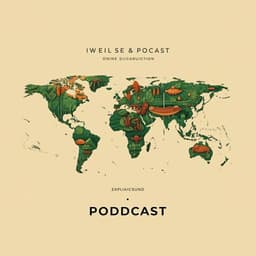
Political Science
Welfare Regimes in Asia: Convergent or Divergent?
S. Han
Explore how 20 Asian nations have uniquely balanced commodification and decommodification in their welfare regimes, showcasing resilience against global economic challenges. This intriguing study, conducted by Seungwoo Han, reveals a surprising harmony that contrasts with traditional political economy theories.
Playback language: English
Related Publications
Explore these studies to deepen your understanding of the subject.







